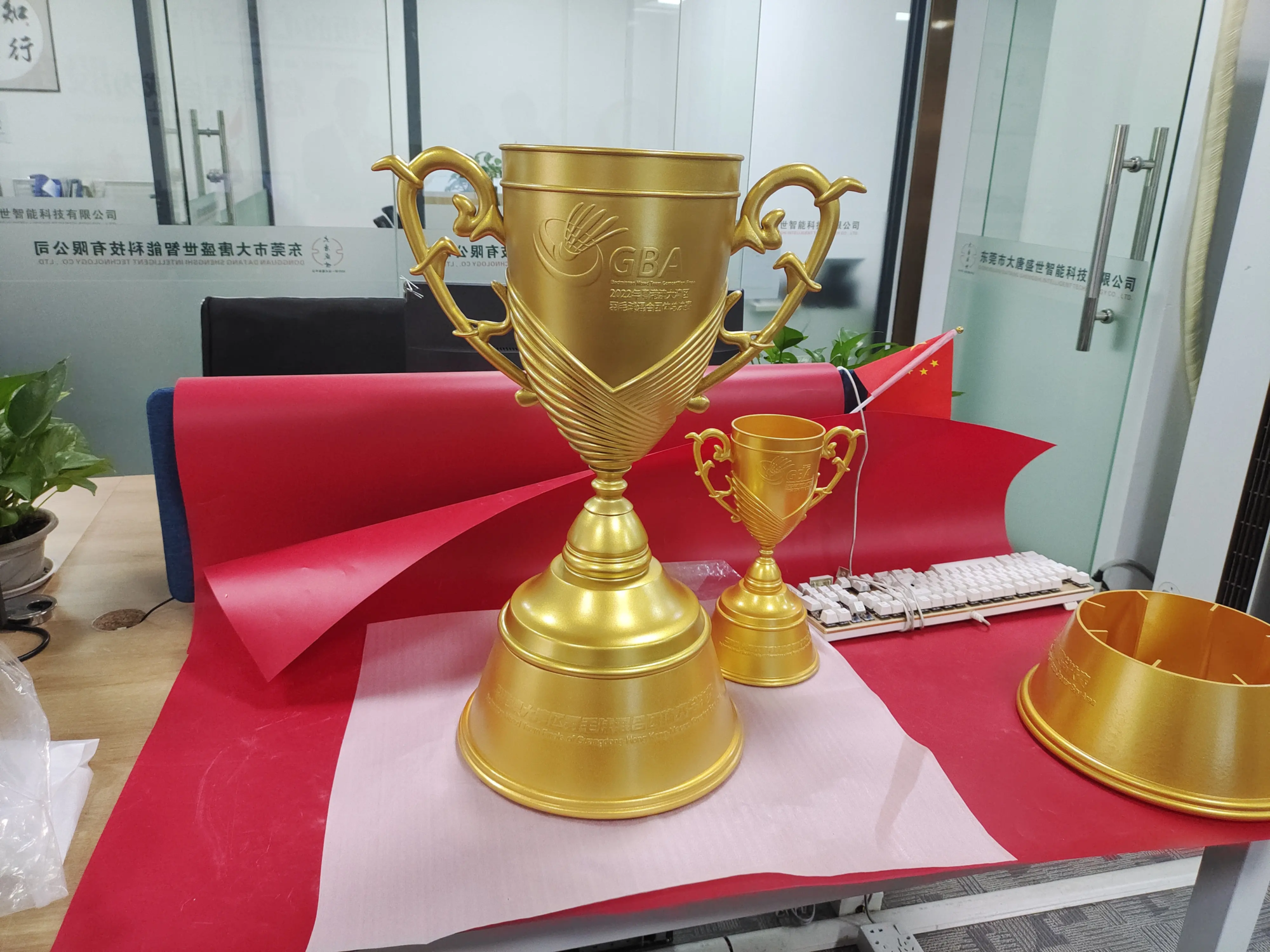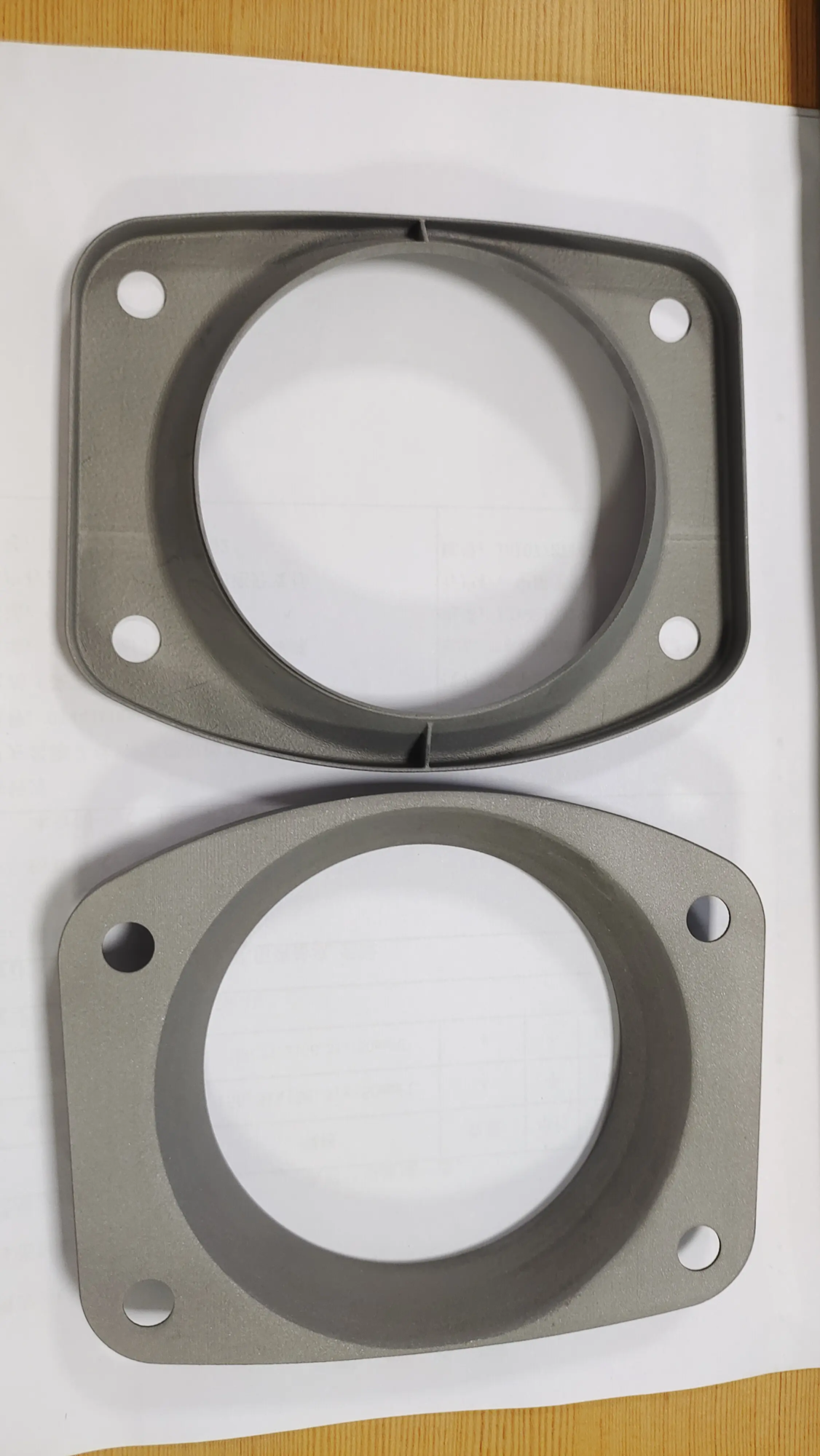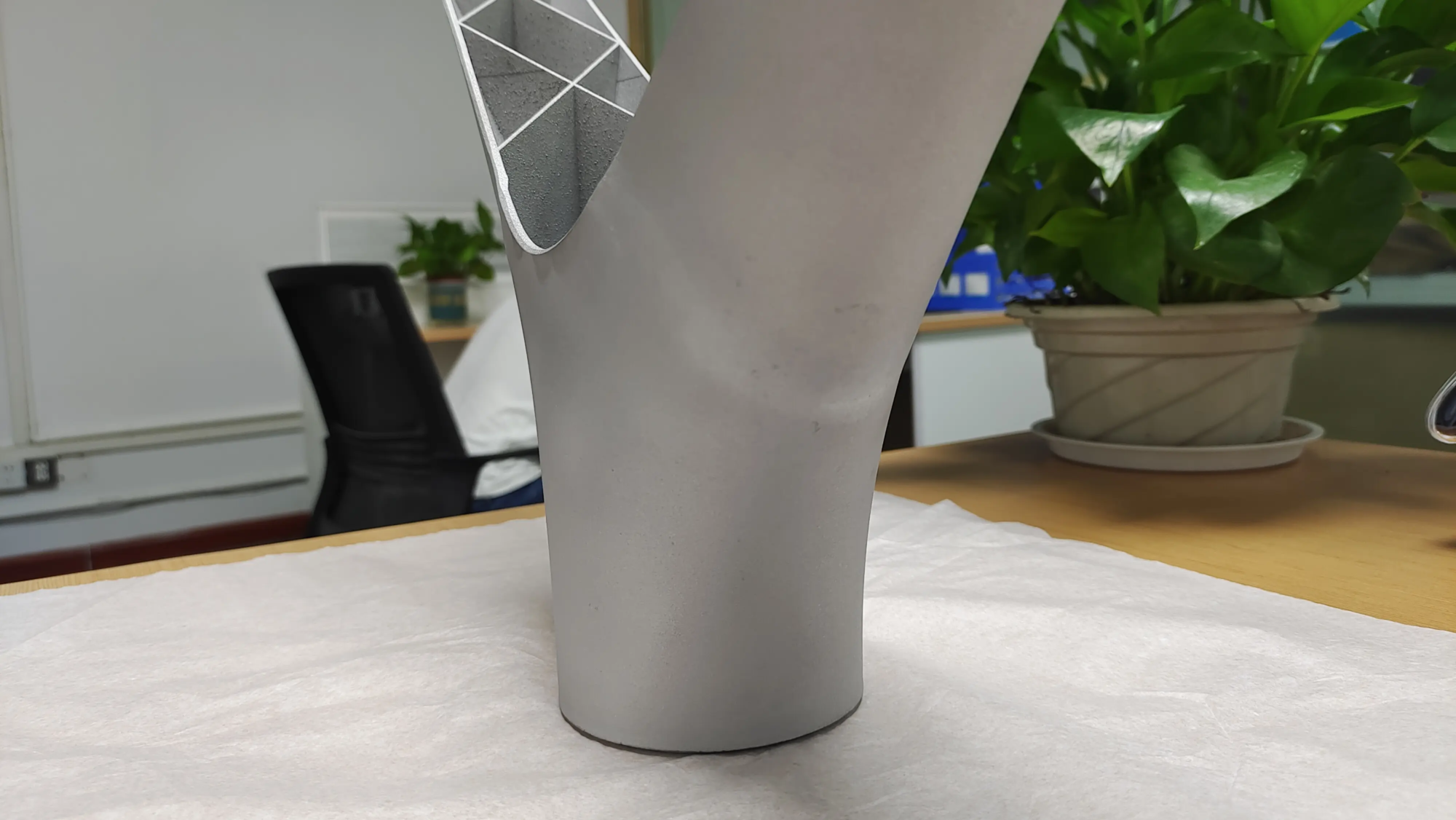Unlocking the Secret Pause of 3D Printing: Understand the Maximum Pause Time
We’ve all been there. When an unexpected interruption strikes, the crucial print will buzz smoothly – the wires run out, flicker or life just requires your attention. this "pause" The buttons appear to be a lifeguard that lets you stop printing in order to recover later. But then the problem arose: How long can you stop safely before recovery is risky or impossible? Understanding the maximum pause time is essential to avoid malfunctioning print and material waste, especially for demanding professional projects and prototypes.
At Greatlight, where we operate high-precision SLM Metal 3D printers and browse the complexity of various materials every day, we recognize the importance of control and predictability throughout the manufacturing process. Let’s uncover the pause function and its limitations.
Mechanism of pause/resume:
The Modern 3D printer combines firmware capabilities to record the exact status of the print job (current layer, nozzle position, temperature). After recovery, the printer ideally:
- House axes: Re-establish its position.
- heating: Bring the nozzle/extruder back to the target temperature.
- Repositioning: Move the nozzle precisely to the closed position.
- Recovery of squeezing: Start printing the next layer.
Core challenge? Maintain print integrity period Pause itself.
Key factors that determine the maximum pause time:
The maximum security pause duration is not a common number; this depends largely on several interconnected variables:
-
Printer technology:
- FDM/FFF (Plastic): It is usually the most tolerant brief pause. However, during cooling, heat shrinkage and layer adhesion problems pose significant risks. Unheated beds or open printers provide minimal pause tolerance. A closed printer with a heated bed works much better.
- SLA/DLP (resin): Significantly more sensitive. Unfixed resins remain chemically reactive. Pause to expose the top liquid layer to oxygen, resulting in inhibition and hindering proper treatment during recovery ("Oxygen inhibitor layer"). Pauses over 10-15 minutes usually result in visible layer lines, poor adhesion, or complete failure of pause points. VAT temperature fluctuations can also lead to distortions. The maximum safety pause is usually measured in minutes.
- SLM (Metal Powder Bed Fusion – Greglight’s Specialty): Extreme sensitivity due to the operating environment.
- Powder bed sintering: Even in an inert (argon/nitrogen) atmosphere chamber, the unfusion metal powder is exposed to oxygen during suspension. Prolonged exposure significantly increases the risk of oxidation, which may weaken the last part, alter material properties or lead to defects such as defects.
- Thermal stress: The strong thermal gradient inherent in SLM even means that controlled pause and restart can create significant thermal cycling stress near the pause layer, increasing the possibility of micro-cracks or distortion. Safety suspensions of SLMs are often strictly restricted – usually only for operator interventions or material recharges under strict protocols. Unplanned, long pauses are highly unwelcome and may require a reboot of the entire build.
-
Material characteristics:
- Thermoplastics (FDM): If the bed temperature drops significantly, materials such as ABS and Nylon are highly susceptible to warping due to differential cooling. PLA’s glass transition temperature is lower and more tolerant Structurally During short pauses, however, absorbing moisture at room temperature will later reduce the printing quality. Engineered filaments (PC, PEEK) require very stable thermal conditions and minimal pauses.
- Resin (SLA/DLP): As mentioned earlier, unfixed resin and oxygen inhibition are major limitations. Different resins may have slightly different sensitivity.
- Metal Powder (SLM): Oxidation sensitivity varies by alloy (for example, titanium is extremely reactive), making the atmosphere purity during suspensions critical.
-
Environmental conditions:
- temperature: Quick cooling is the enemy. On a cold day, the open FDM printer quickly loses heat, thus immediately bending from the bed and lifting the printed part. Enclosed warm printers have longer stability. For resins, a stable temperature prevents viscosity changes.
- humidity: High humidity will accelerate moisture absorption in the hygroscopic filament during the pause, resulting in popping out after recovery, bubbling and poor adhesion after layers.
- Pollution (SLM): During pauses, any danger of violating the inert atmosphere can contaminate the powder bed.
- Print settings and geometry:
- Layer adhesion: Prints with inherently poor interlayer bonding (high-speed printing, minimum cooling time, large layer height) will be more likely to fail in the pause layer.
- Model surface area: Large contact areas with the build board (FDM) provide more anchoring to resist warping during pauses. Narrow towers or thin-walled structures are more susceptible to thermal changes.
- Support structure: The cooling of the support interface may vary and may be separated or transferred during pauses, resulting in alignment issues.
Best practices for maximizing pause success (mainly FDM-centric):
- Minimization is the most important thing: Think of pauses as a last resort, not a planned strategy. Plan your prints to avoid interruptions.
- Use your shell: During pauses, the printer is closed during a rapid cooling process.
- Keep the bed hot: FDM is crucial. During pause, the heating bed is maintained at the target temperature.
- Minimize airflow: Seale ventilation holes or openings in the fence to capture heat.
- Handle filaments: If the pause is caused by exhaustion, quickly retract the tip of the filament after the pause to avoid clogging of the nozzles that boil the plastic. Clean the nozzle tip thoroughly before reloading.
- Resume Agreement: When restarting, stabilize the nozzle and bed at the target temperature for sufficient time forward Resumes printing. If you have any questions about the bed, please upgrade again. Before doing your resume, visually check whether the build has warping or layer spacing.
- SLM details (Greatlight protocol): SLM pauses are highly controlled events. We strictly maintain an inert atmosphere, usually only necessary powder management or sensor calibration, ensuring minimal time exposure and rapid recovery under strictly monitored thermal conditions. An unplanned prolonged pause usually results in a termination of work and restarting with part integrity.
Great guarantee:
Pausing desktop printers often involves the risk of computing, but industrial-grade metal 3D printing requires quality control to be uncompromising. At Greatlight, our advanced SLM equipment and deep process expertise enable us to effectively manage controlled pauses, prioritizing the integrity of custom metal parts. If the disruption of hazardous builds means we won’t compromise – we will start fresh to provide prototypes and production parts that meet the highest standards. Our one-stop solution, including expert post-processing, further ensures that your requirements are met perfectly.
in conclusion:
Nothing of one size "Maximum pause time" Used for 3D printing. It depends on the complex interaction of printer type, material, environment and print details. For prints that are interested in FDM, about an hour Under ideal conditions It may be possible. For resin prints, minutes are usually the actual limit. In a professional metal AM (SLM) setup like ours in Greatlight, pauses are minimized and managed through extreme care, and are only used for basic interventions in seconds or minutes. The best strategy is still to avoid unplanned pauses. Plan thoroughly, leverage environmental controls, prioritize equipment maintenance process stability (such as housing and active heating), and always act with caution. Patience and preparation will prevent resume failures and keep your prototype development journey smoothly on the road to success.
FAQ: 3D printing paused
Q: How long can I actually pause my FDM printer?
Answer: It changes a lot. and Closed printer, Heating bedand a sturdy bed-adhesive model, you possible Escape at 30-60 minutes in PLA, ABS may take longer. If there is no heating or fence, a significant warping can occur within 5-10 minutes. Always recover as soon as possible.
Q: Why does my SLA/DLP print have obvious lines or fails where I paused?
A: This may be due to oxygen inhibition of the top resin layer during pause. Oxygen prevents proper crosslinking, leaving a weak, tacky surface. When printing is restored, the new resin cannot be combined with the compromised layer, resulting in a malfunction or obvious defect.
Q: Can I pause overnight printing?
A: There is no active heating and enclosed system, height is not recommended. Thermal changes and potential humidity absorption greatly increase the chance of warping (FDM), moisture problems (FDM), or severe resin inhibition (SLA) over many hours. The risk of failure is high.
Q: Why is it so critical to pause a metal SLM printer like Greatlight?
A: Metal powder exposed to oxygen during suspension oxidizes rapidly, which damages material properties and can lead to defects. Additionally, extreme thermal cycles can induce stress. Our protocol minimizes pause time and exposure time to protect part integrity, and we will restart if a long-term planned delay occurs.
Q: If I need to replace the filament, what is the best way to pause?
Answer: Pause printing. Quickly manually retract the filament a few millimeters, or use the control panel to pull the molten tip out of the hot end. If spots are present, clean the nozzle tip. Load new filaments and remove some material to ensure consistent flow and resume. Aiming speed.
Q: How important is it to keep the bed heated during pause (FDM)?
Answer: It is crucial! It can be said that this is the biggest factor in preventing FDM from distorting and disengaging. If your bed cools, the model will shrink and detach from the build surface, making successful recovery impossible. Always keep the bed at operating temperature.
Q: Should I heat up the heating table?
A: Opinions vary, but for a brief pause (minute), place it in preventing clogs and ensure immediate recovery. For longer pauses, turning it off saves energy and prevents "cooking" Thin filaments in the nozzle, but when heating, you must thoroughly remove any degraded plastic. Weigh convenience with material degradation. For safety reasons, never leave it unattended.





